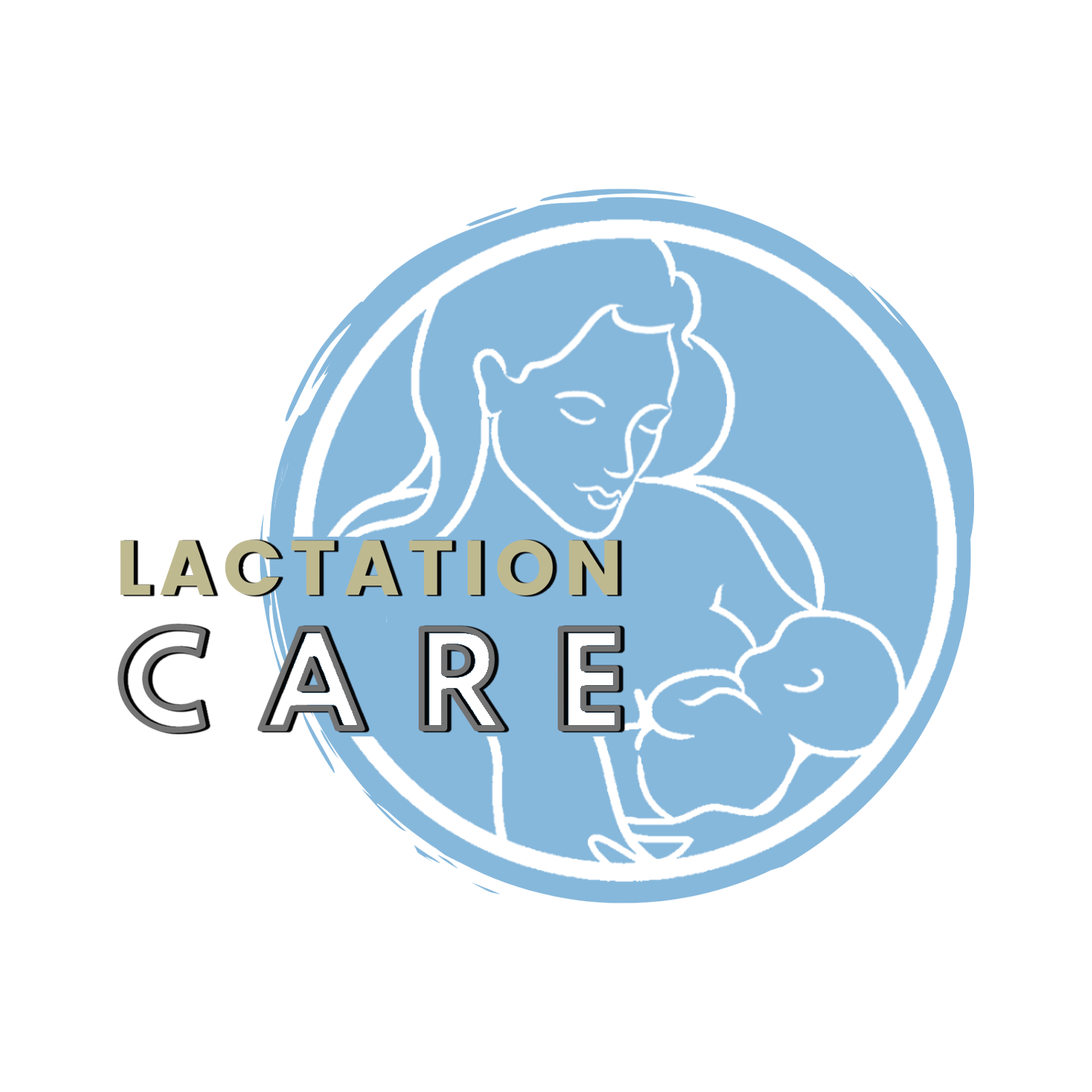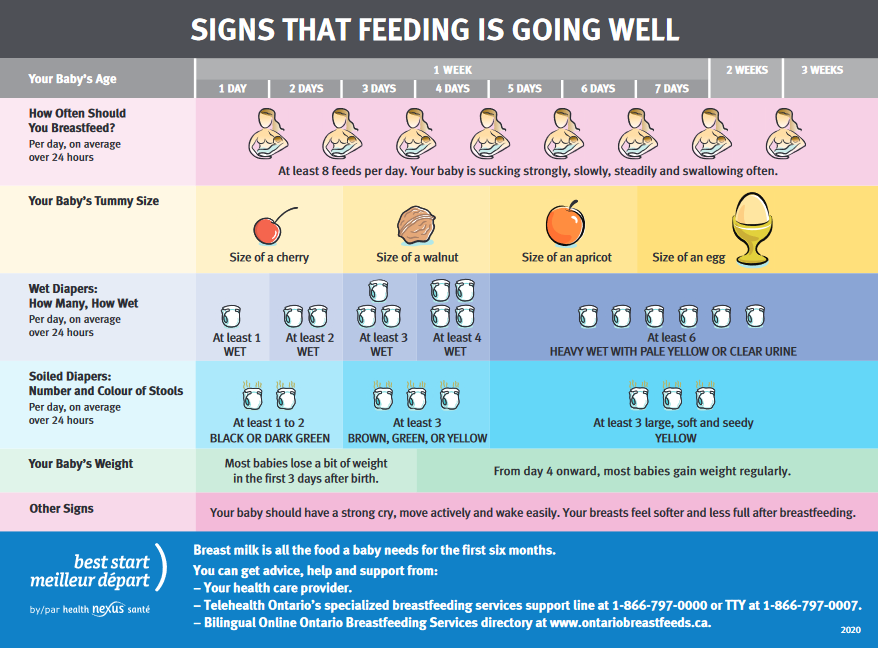How to Know Breastfeeding is Going Well - 8 Tips
It is so easy to feel unsure of what is normal, and if your baby is getting enough. That is totally understandable. In some ways breastfeeding is unique to every parent and baby, but knowing what is normal and signs of effective feeding can help boost your confidence.
Caveat: There is more that could be said about each of these. This is not meant as personal or medical advice. If you have questions, please connect.
Here are key signs that breastfeeding is going well:
1 — Baby’s Behaviour, Pt. 1
First 24 hours: Baby does not necessarily rouse to feed that often, so it is important to wake them to learn how to feed, and to stimulate your supply! Aim to feed on both sides, 8 times.
Second 24 hours: Baby may want to feed a lot. This really helps imprint how to feed and “puts in an order” for lots of milk.
Third 24 hours: Milk volume tends to increase, and baby wants to feed frequently and THEN settle into a more manageable feeding pattern.
2 — Baby’s Behaviour, Pt. 2
After most feeds, your baby should appear satisfied, relaxed, and may even fall asleep. At least 8 feeds in 24 hours is normal. Cluster feeding, when baby is frequently on and off your breast over a few hours, 1-2 times/day, can also happen when they are little.
3 — Breast Changes
Several days after birth, you may notice your breasts feel fuller before feeding possibly with some “lumpy” areas, and softer after feeding. This is a sign that your baby is transferring milk effectively. Breastfeed frequently in the early days to try to avoid engorgement, and also to stimulate your milk.
4 — Adequate Diaper Output
By day five, your baby should have at least six wet diapers and three or more stools/bowel movements daily that are runny and yellow. On an ongoing basis, 2 or more poops, and 6 heavy wet diapers or more, are a reliable sign that baby is getting enough milk. See the infometric at the bottom.
5 — Swallowing Sounds
During feeding listen for baby swallowing. This is a soft “kah” sound. Usually when baby first gets on your breast, they will do rapid, little jaw movements. Then, as the milk starts to “letdown”, the jaw opens wider and at a slower rate. It is then the “kah” sound may be heard with swallowing. If you can’t hear swallows, look for other signs of milk transfer like contentment, diaper output, and feel for breast softening. Oh, and when your baby is doing “non-nutritive sucking”, or soothing at your breast, it is normal not to hear many or any swallows.
6 — Nipple Comfort During Feeding
Breastfeeding should not hurt. A deep, effective latch may feel like gentle tugging but should not cause pain or damage. It may be uncomfortable in the first 15 seconds or so, but then become comfortable. If you are experiencing discomfort, consult a lactation professional for support.
7 — Baby’s Weight Gain
A newborn may lose 10% or so of their birth weight, average 7-8%, in the first few days. The lowest weight is often on day 4. From then they should regain birth weight by 10 days to 2 weeks, maximum 3 weeks old. See the weight chart below. Remember weight is only one metric of a baby doing well.
8 — Your Intuition
You know your baby best, and you know yourself best. If something doesn’t feel right, trust your instincts and reach out for help.
Conclusion:
Remember, every breastfeeding journey is different, and challenges can arise. This is all new or new again so uncertainty is normal. If you have questions or concerns, an International Board Certified Lactation Consultant (IBCLC) can provide personalized support and give you peace of mind.
Celebrate your efforts, trust your body, and cherish this special time with your baby.
You’re doing an amazing job!
Need extra breastfeeding support?
Book an appointment with Lactation Care here or email hello@lactationcare.ca
Resources
Growth Standards & Weight
These averages are based on the WHO Child Growth Standards. To assess average weight gain, weight-per-age percentile charts for birth to five years were used. The range is a combination of boys and girls 3%-97%, rounded to the nearest five grams.
This protocol is designed for professionals, yet parents may like details found in it.
Signs That Breastfeeding Is Going Well: A Visual Guide
Source: best start/meilleur départ by/par Health Nexus Santé
Sonya Boersma, BScN, MScN, RN, IBCLC © 2025, Lactation Care
Permission granted to use this in its entirety credited to © Sonya Boersma, Lactation Care. For other use, contact sonya@lactationcare.ca




